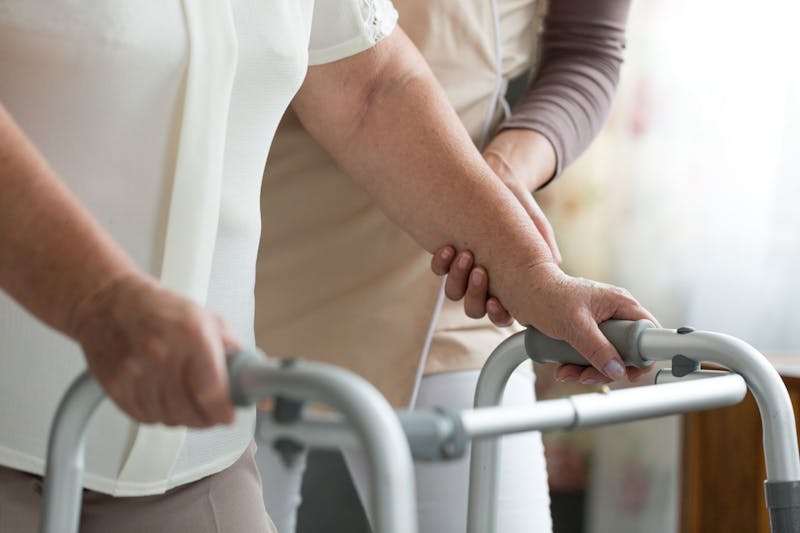
Specialized Total Hip Replacement Therapy: Accelerate Healing and Rehabilitation
Total hip replacement rehabilitation is essential for recovery after a total hip replacement surgery, which replaces damaged hip parts with prosthetic components. This rehabilitation process aims to help patients regain mobility and strength while ensuring the new hip functions correctly and safely. Usually, it involves physical therapy, exercises, and sometimes walking aids like crutches or walkers to assist in movement. Exercises that enhance flexibility, endurance, and hip strength can restore function, reduce pain, and improve quality of life.
Total hip replacement rehabilitation in Billings, MT, is directed towards individuals who have undergone hip replacement surgery and need comprehensive rehab to return to their daily activities. Patients usually begin to see improvements in movement and reductions in pain within a few weeks after starting the program, with ongoing progress expected as they continue their rehabilitation. Depending on individual factors, recovery usually takes several months. If you’re looking for professional rehabilitation services following hip surgery, book an appointment at Concierge Health and Wellness in Billings, MT, to secure a spot in their esteemed rehabilitation program and optimize your recovery.
Total Hip Replacement Rehab for a Smooth Recovery
Book your appointment at our physical therapy clinic in Billings, Montana.
Don’t wait—restore strength, mobility, and confidence after surgery!
Call us at (406) 707-6082 or Request an appointment
Expert rehabilitation for total hip replacement recovery
Personalized care for improved movement and lasting strength
Conveniently located in Billings, Montana
Get back to doing what you love, pain-free—because you deserve it!
Benefits of Total Hip Replacement Rehabilitation:
- Accelerates recovery from surgery
- Improves mobility and stability in the hip
- Reduces pain and discomfort
- Enhances quality of life
- Increases muscle strength around the hip
- Aids in safely resuming daily activities
- Prevents complications related to hip replacement
- Customizes rehabilitation to individual needs
- Utilizes cutting-edge therapeutic techniques
- Offers support and guidance through recovery
FAQ'S
Who is a good candidate for Total Hip Replacement Rehabilitation?
Ideal candidates are those who have just undergone total hip replacement surgery and are committed to following a structured rehabilitation plan to regain mobility and quality of life.
When will I see the results from Total Hip Replacement Rehabilitation?
Most patients notice initial improvements in mobility and decreased pain within the first few weeks of rehabilitation, with significant progress often made within the first few months.
How long do results from Total Hip Replacement Rehabilitation last?
Results can be long-lasting if patients continue to maintain an active lifestyle and adhere to the exercise regimens recommended by their rehabilitation specialists.
Is there any downtime or side effects with Total Hip Replacement Rehabilitation?
While minimal downtime is typically associated with rehabilitation, there may be mild soreness or fatigue following exercise sessions as part of the normal healing process.
What should I do before and after Total Hip Replacement Rehabilitation?
Before starting rehabilitation, patients should follow all post-operative care instructions from their surgeon to ensure optimal healing. After commencing rehab, it is crucial to regularly attend therapy sessions and perform all prescribed exercises at home to maximize recovery.
How does Total Hip Replacement Rehabilitation work?
During Total Hip Replacement Rehabilitation, patients engage in various physical therapy techniques designed to strengthen the hip and improve flexibility. Depending on the recovery goals, the exercises may take the form of gentle stretching, strength training, or low-impact aerobics.


